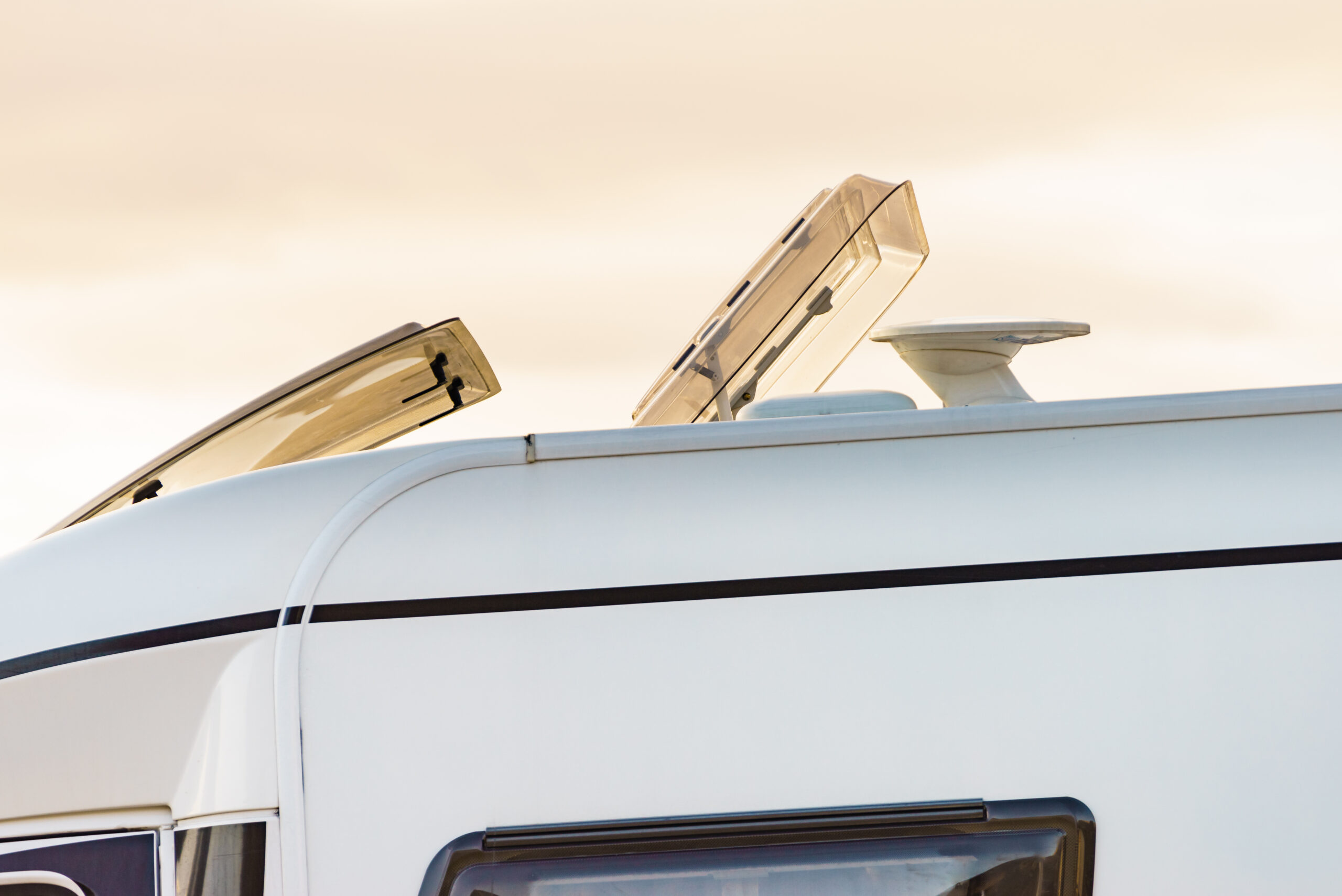Owning an RV offers a world of adventures, but maintaining it is equally important to ensure its longevity and peak performance. Among the essential aspects of RV maintenance is keeping the roof in optimal condition. You can read here The Significance of Checking RV Roof Seals Regularly. A key component in roof upkeep is using the right RV sealant to prevent leaks, water damage, and other potential issues. In this blog post, we’ll delve into the world of RV sealants, their types, application methods, and best practices for maintaining your RV roof. So, let’s get started!
Understanding RV Sealants
RV sealants are specially formulated products designed to create a watertight and weather-resistant barrier on the RV roof, preventing water from seeping into the interior and causing damage. They are available in various types, each with distinct properties suitable for specific applications. The most commonly used RV sealants include:
a. Silicone Sealants: Known for their outstanding flexibility and durability, silicone sealants are ideal for sealing RV roofs due to their resistance to extreme temperatures and UV rays. They adhere well to various materials, including fiberglass, metal, and plastic. However, note that silicone sealants are not paintable, so choose the color carefully to match your RV roof.
b. Polyurethane Sealants: Polyurethane sealants offer excellent adhesion and flexibility, making them perfect for sealing joints, seams, and gaps in the RV roof. They are paintable, allowing you to match the sealant color with your RV’s exterior. Additionally, polyurethane sealants provide superb UV resistance and durability.
c. Butyl Rubber Sealants: Butyl rubber sealants are popular for sealing roof vents, skylights, and other roof accessories. They remain flexible over time and exhibit superior resistance to water and air infiltration. However, they may require regular maintenance due to their tendency to degrade over long periods.
Application of RV Sealants
Proper application of RV sealants is crucial for achieving an effective and long-lasting seal. Here’s a step-by-step guide to applying RV sealant on your roof:
Step 1: Clean the Roof – Begin by thoroughly cleaning the roof surface to remove dirt, debris, and any remnants of the old sealant. A clean surface ensures better adhesion and sealant performance.
Step 2: Inspect for Damage – Check the roof for any signs of damage, cracks, or separation. Address these issues before applying the sealant.
Step 3: Choose the Right Sealant – Based on your RV roof material and the type of sealant suitable for your specific application, select the appropriate sealant product.
Step 4: Apply the Sealant – Using a caulk gun, carefully apply the sealant along seams, joints, around vents, skylights, and other accessories. Ensure a consistent and even application for optimal results.
Step 5: Smooth and Shape – Use a putty knife or a specialized tool to smooth out the sealant and shape it to the desired form.
Step 6: Allow Drying Time – Let the sealant dry according to the manufacturer’s instructions before exposing the roof to any moisture or weather conditions.
Maintenance and Inspection
Regular maintenance and inspection of your RV roof and sealant are essential to detect any potential issues before they worsen. Perform the following tasks regularly:
– Inspect the roof and sealant for cracks, separation, or signs of wear and tear.
– Check the seals around roof accessories, such as vents and skylights.
– Reapply sealant as needed to maintain the integrity of the RV roof.
– Clean the roof regularly to prevent the buildup of debris and contaminants.
Conclusion
Properly maintaining your RV roof with the right sealant can extend the life of your vehicle and protect it from potential water damage. By understanding the different types of RV sealants available and following the correct application techniques, you can ensure a watertight and durable seal. Remember to perform regular inspections and maintenance to keep your RV in top shape for countless adventures on the road. We also recommend RV Skirting for helping to protect against any waterline damage that could occur if you live in your RV during the winter months.
References:
1. RV Repair Club. (n.d.). RV Sealants: What You Need to Know. Retrieved from: https://www.rvrepairclub.com/article/rv-sealants-what-you-need-to-know/
2. The Fun Times Guide. (2020). RV Roof Repair & RV Roof Maintenance Tips. Retrieved from: https://rv-roadtrips.thefuntimesguide.com/rv_roof_repair/
3. DoItYourselfRV. (2021). RV Roof Sealant: What You Need To Know Before Applying. Retrieved from: https://www.doityourselfrv.com/rv-roof-sealant-need-know/
